Acute artery occlusion -- which one?
Dr. Smith's ECG Blog
SEPTEMBER 23, 2024
Written by Willy Frick with edits by Ken Grauer A woman in her 70s with a history of hypertension presented with acute onset shortness of breath. She was out walking her dog when she developed sudden dizziness and light-headedness. When EMS found her, she was dyspneic and diaphoretic. Her ECG is shown below: What do you think? The conventional machine algorithm interpreted this ECG as STEMI.
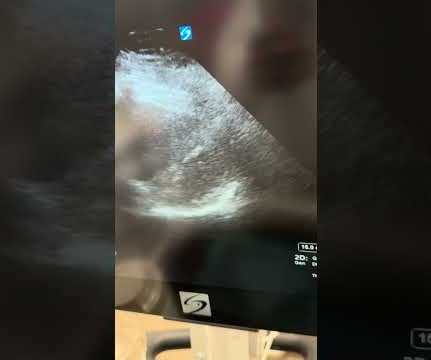

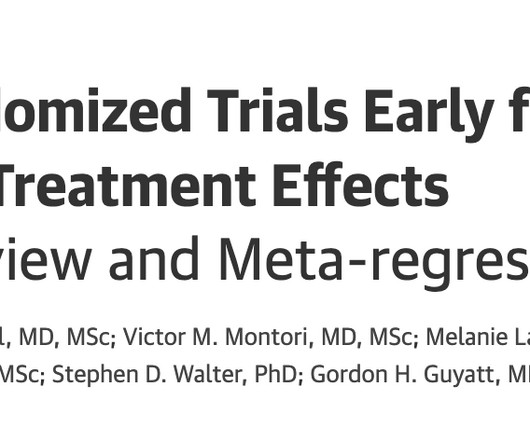





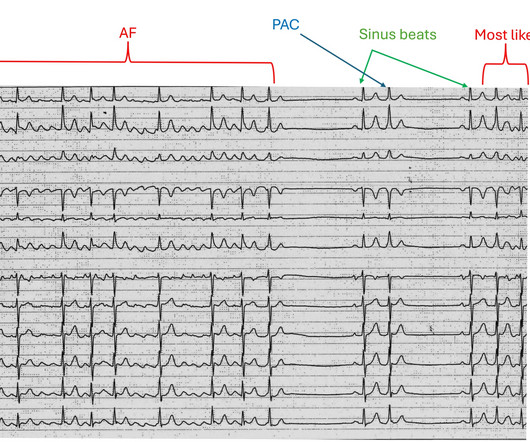

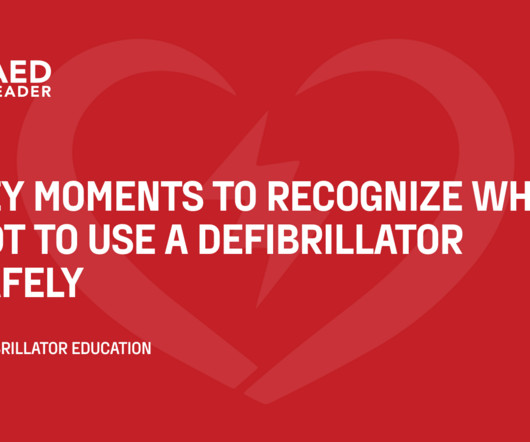
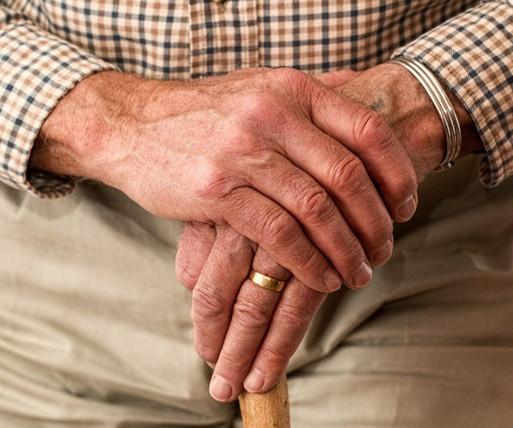


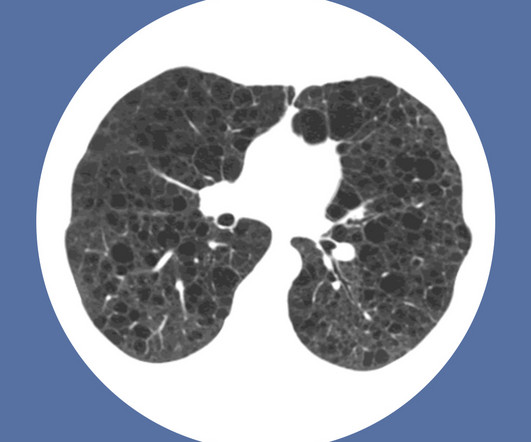

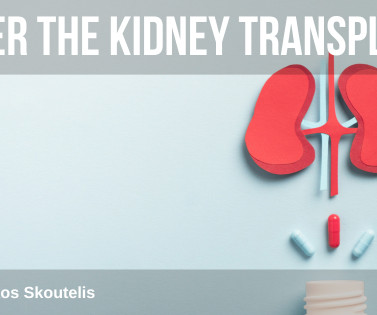






Let's personalize your content